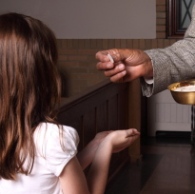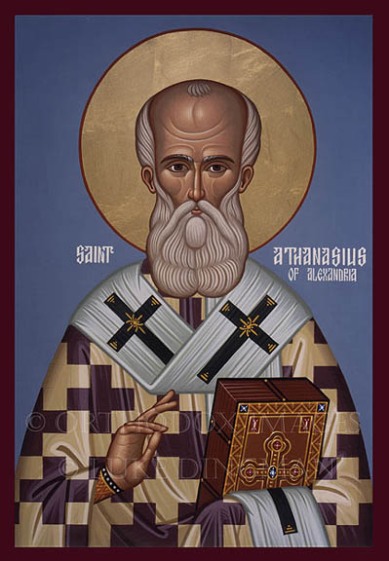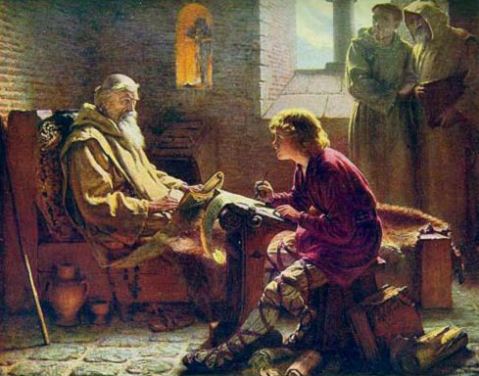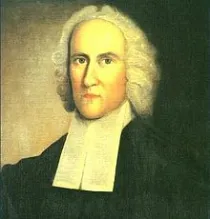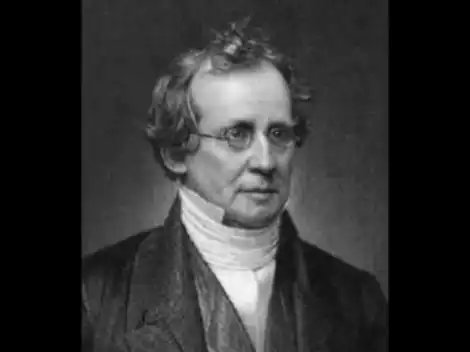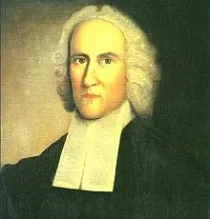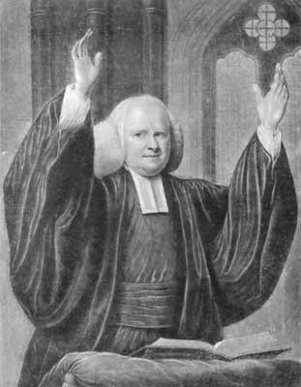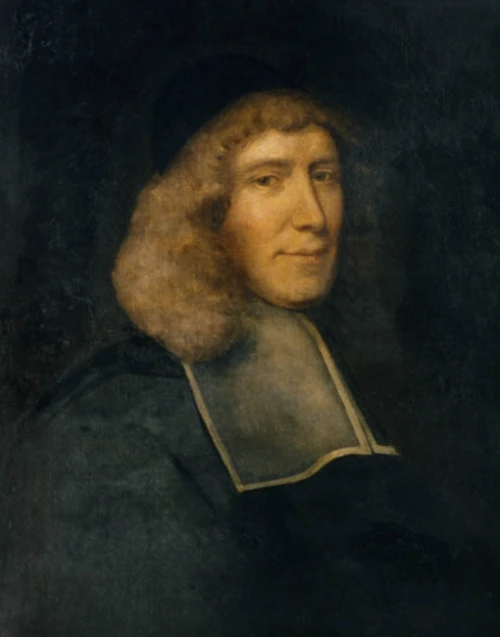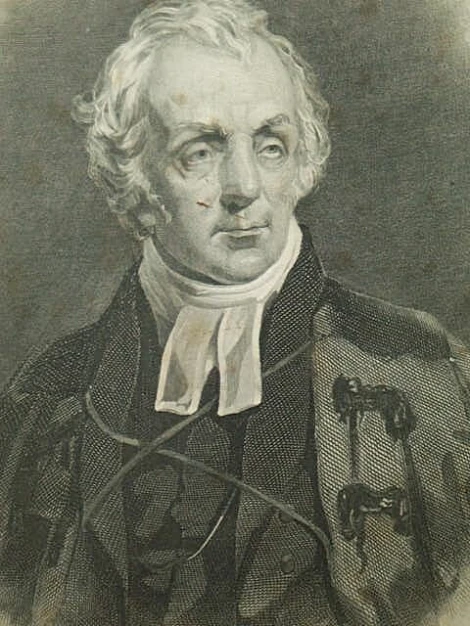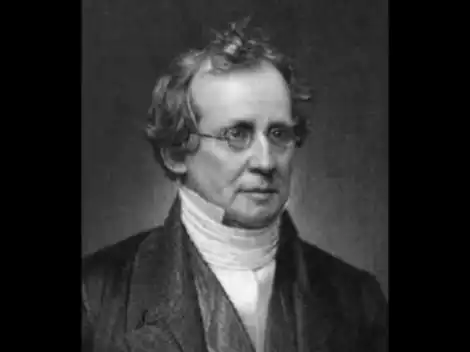This is part three of a four part series. Part one can be found here. Part two can be found here.
The third significant issue that came before the GA was related to the issue of paedocommunion. Before we get too deeply into the details of what happened at GA this year on this issue, I would like address two common misconceptions about paedocommunion in the PCA.
1. No one in the PCA who holds paedocommunion (hereafter PC) practices paedocommunion. There is a misconception, which was repeated on the floor of GA this year, that advocates of PC are practicing it in PCA churches. This is not the case. We must not confuse the admission of young children to the Lord’s Table by the procedure laid out in our BCO with the practice of PC. Strictly speaking, PC is when baptized children are given the Lord’s Supper without any formal admission process. The BCO gives latitude, as it should, for the discretion of individual churches and sessions to decide when the proper time for coming to the Lord’s Table should be. Neither the BCO nor the Westminster Standards proscribe an age for coming to the Lord’s Table, only a method of admission. It is up to each individual church and session to decide when a child is ready to come. The practice of admitting young children to the Table is not paedocommunion. Let’s get that straight out of the gate.
2. There is this other misconception, perpetuated on the attack blogs, that ministers in the PCA who hold to PC advocate force feeding nursing infants intincted bread and wine. This is manifestly not the case. The Reformed version of PC is not the Eastern Orthodox version. Reformed who hold to PC believe that children who are able to take solid food and who are expressing a desire to the table should be able to come by virtue of their baptisms, without having to be examined. Now, there are variations of the Reformed PC view, but the Reformed do not hold to the intinction of infants as the E. Orthodox practice.
With these two items clarified let’s get into the details of what happened at this year’s GA. What occurred this year was actually only one step in a multi-year process. The first step began at last year’s meeting of the Review of Presbytery Records (RPR). RPR is a committee of the General Assembly that meets several weeks prior in order to read and review all the minutes of all the presbyteries in the PCA. This may sound like a very boring and tedious job, and it is. What has occurred over the last several years is that RPR has become a jumping-off-point for the doctrinal purists in the PCA to launch their campaigns on various issues. The issue du jour for the past two RPRs has been paedocommunion. This is how it happened.
At the 2011 meeting of the RPR the committee reviewed the minutes of Pacific Northwest Presbytery and officially noted an exception to one of their candidates being approved for ordination though he expressed a difference with the Westminster Standards on the subject of paedocommunion. Now, the use of this word “exception” is very precise, and means that the view is “hostile to the system of doctrine or strikes at the vitals of religion.” This basically means that the view is either not Reformed and Presbyterian (hostile to the system of doctrine) or a greater charge that the view isn’t even Christian (strikes at the vitals of religion). These are serious charges.
There was a great deal of debate at last year’s RPR but the committee came to last year’s GA with the recommendation to cite the Presbytery with an exception. The presbytery responded and this came back to the RPR this year. There was again a great deal of debate, with parties reporting that the debate went on for four hours. This year, the RPR voted by a count of 29-18-1 to approve the response of the Presbytery as satisfactory. But this was not the end of the matter. Under our polity as it now stands, a minority report may come from the RPR and make a substitute motion on the floor of General Assembly. If you read part two of my series on the creation of Adam, you may recall that something similar happened there.
This minority report came to the floor of the GA on Thursday morning. The substitute motion coming from the minority stated that the PC view was in fact hostile to the system of doctrine (not Reformed) or striking at the vitals of religion (not Christian). They did not specify which they believed PC fell under. Further, they moved that the entire Pacific Northwest Presbytery be cited to appear before the Standing Judicial Commission (SJC) for consistently approving men with PC views over a period of many years.
Debate on this substitute went on for quite a while, and the original time allotted of one hour was extended once by the Assembly. Those speaking against the substitute argued that there was latitude within the bounds of Reformed theology for men to hold this view, but not to practice it. They argued that there were many men who came to this view through an honest exploration of Reformed theology and the scriptures. They argued that the men were not practicing the view, and that they were not being disruptive in the church. They further argued that many ministers,for many years, have been faithfully and peacefully ministering in the PCA who have openly and honestly expressed this difference to their presbyteries. To now make this particular view unacceptable in the PCA would reverse many years of precedent and would be an act of bad faith. Men who spoke for the substitute argued that the view was dangerous because it led children to eat and drink unto judgment. Some even warned that children may become sick or die if they partook unworthily (citing 1 Corinthians 11).
Ultimately the vote was very close, but the substitute motion failed. The General Assembly did not want to cite the entire presbytery to appear before the SJC. Yet the puzzling thing is that the RPR’s recommendation to approve the response as satisfactory also failed. This was followed by a procedural motion to recommit that case along with two other cases regarding PC back to next year’s RPR for further deliberation.
Now what are we to make of all this? My personal view is that this was a win for the denomination. The GA decided that it was not appropriate to cite an entire presbytery for allowing ministers with the PC view. This is a very good thing. The status quo of the PCA is one of tolerance and broad inclusion (within the bounds of orthodoxy). In this case, maintaining the status quo is a good thing. While this is true, many were discouraged that these PC cases were recommitted to the RPR again, especially those brothers who serve on the RPR. While this is, in fact, discouraging, we can pray that those brothers on the RPR, on both sides of the issue, can come to an agreement that will allow both sides to live peacefully together in the PCA. Please make it a point to pray for that over the next year.
What we also saw is that there is a major divide in the PCA over the issue of PC. Half of the pastors and elders in the PCA are fine with PC existing as a view, the other half are not. This is significant because if there is such a split in our denomination, then either we must settle the matter as an allowable difference, or settle it as not an allowable one. Yet we must realize that setting it as not allowable will be a major blow to the unity and peace of the PCA and may even lead to its rupture. This is a serious issue of disagreement. The policy of war and prosecution against views that are not like our own must cease if we are to maintain a denomination that is already, by the standards of the global church, very small.
Is the PC view un-Reformed? I do not believe so, though men may disagree. To me it seems that the PC view is one of the most Reformed developments of doctrine that has come to be over the past 100 years. Every consideration with regard to PC is steeped in Reformation thought and appeal to the scriptures. I do believe that it is Reformed, though good men may disagree.
Yet the other question, is it Christian, should we even allow this question to stand? To assert, brothers, that this view strikes at the vitals of religion means that we believe that it is no longer Christian, and that those who hold it are no longer teaching the Christian faith. The mere thought of this should be revolting to us, and I urge us to comprehend completely what we are saying when we assert that something “strikes at the vitals of religion.” Something that strikes at the vitals of religion is a damnable heresy. PC is not a damnable heresy.
Let me close by making a broad appeal for reasonable and peaceful men to be involved in the RPR next year. We need the broad middle of the denomination to be represented on these GA committees. If you do not really care about reviewing minutes or PCA polity or procedure, then you are the exact person we need to be on that committee. Be active! Be involved! Your denomination is at stake.
The last installment in this series will come on Friday.

